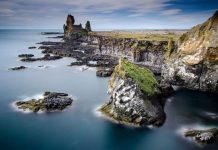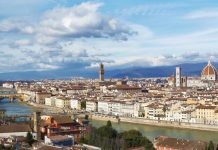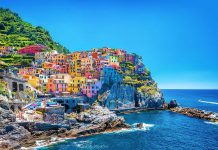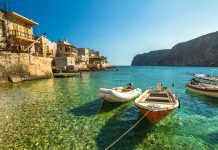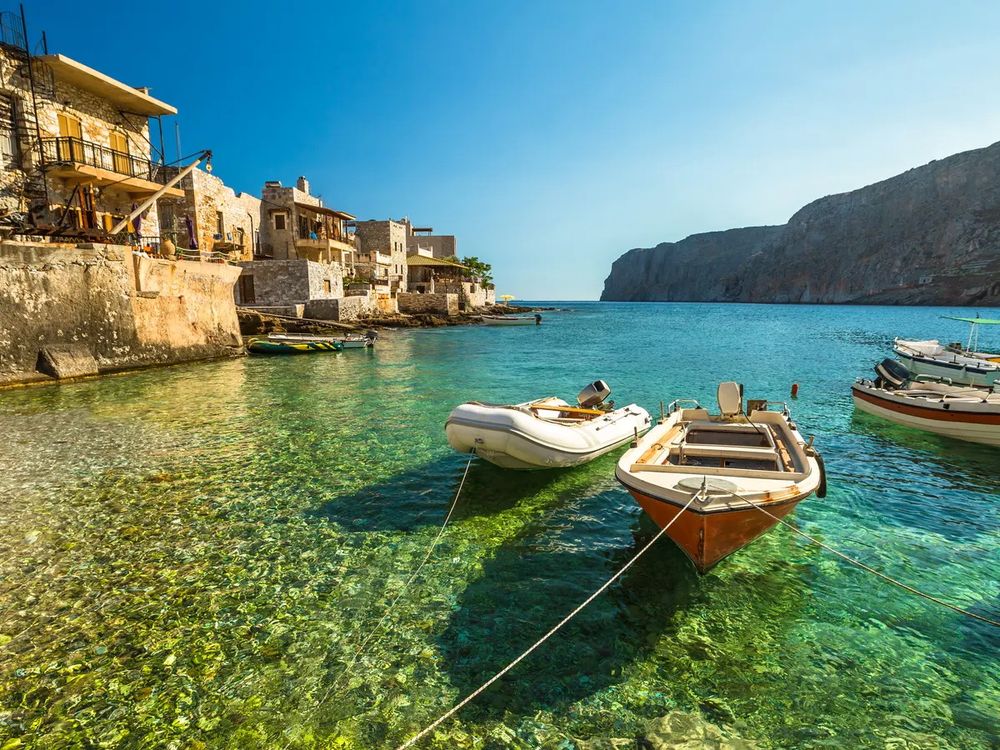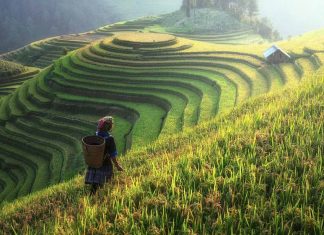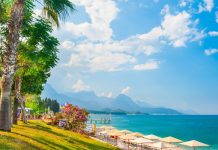In the last few years Bosnia has taken tentative steps towards being accepted as a "normal" tourist destination. Backpackers now routinely include a day or two in Sarajevo in their whistle-stop circuits of Eastern Europe, while summer holidaymakers take a break from the Croatian coast to spend a day wandering around Mostar’s old town. Both places deserve their popularity and and are obvious candidates for inclusion in any tour of the Balkans. There is no shortage of other attractions for the relatively few travellers who dedicate a little more time to Bosnia. As well as the cultural and architectural treasures left by its complex history, the country is blessed with a memorable landscape of emerald rivers slicing through forbidding mountain ranges.
Where to go: some suggestions
Sarajevo may well be the most likeable capital city in the Balkans. It entices many visitors into staying longer than they had planned, eating čevapčići in the Ottoman old town, whiling away the afternoon over ice cream in the comfortable armchairs of a pavement cafe, or strolling along the tranquil Miljacka River to the Goat Bridge. In few other European capitals do the mountains feel so close; a walk around its hilly suburbs reveals a different panorama at each twist in the road.
Mostar is best known as the site of the the "Old Bridge", one of the greatest achievements of Ottoman architecture in the Balkans, now rebuilt after being destroyed in the war of the 1990s. The attractive old town can be explored in a couple of hours, leaving plenty of time to relax over coffee or a meal in one of the restaurants overlooking the Neretva River. Mostar is also a good base for a number of excursions in Herzegovina. The nearby Catholic pilgrimage centre of Međjugorje actually draws more foreign visitors than anywhere else in Bosnia, but there is little to see there for the casual tourist.
Outside of Sarajevo and Mostar, historical sites of interest include typical central Bosnian towns such as Travnik and Jajce, nestled beneath hilltop fortresses; the Dervish tekke at Blagaj, and the Radimlja necropolis at Stolac.
Travelling between any of these places will give you a taste of the Bosnian landscape. There is some fine casual walking around Bukovik mountain north of Sarajevo, but getting deeper into the mountains tends to require a little more planning, due to a general lack of information and the presence of mines in some areas. Bjelasnica Mountain near Sarajevo is particularly interesting, not just for the scenery but for the chance to vist isolated highland villages such as Lukomir. Further afield towards the border of Montenegro are the primeval forests of Sutjeska National Park, while Herzegovina also has some impressive mountain ranges. The lovely Neretva, Tara, and Una rivers also provide opportunities for rafting.



